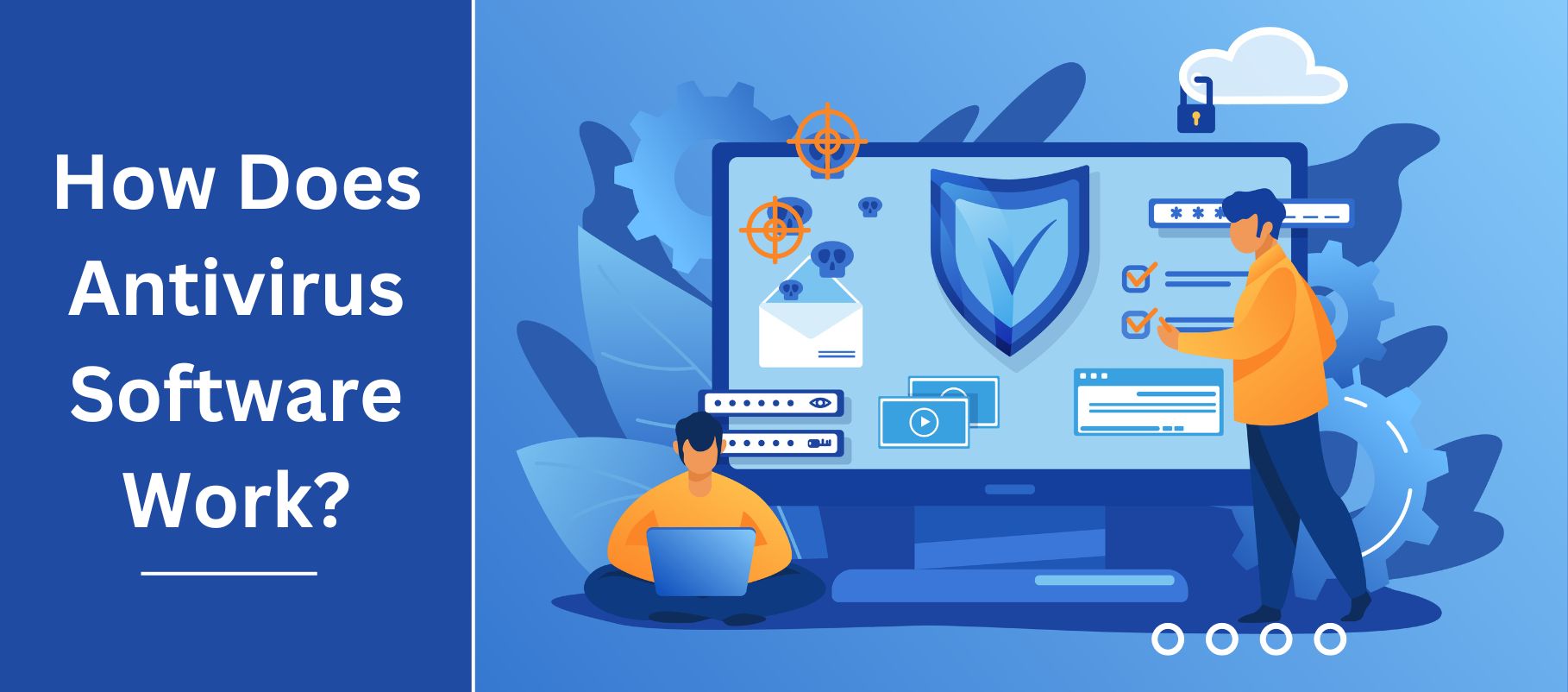
How Does Antivirus Software Work?
A good question indeed!
Before understanding how antivirus works, you first need to understand the inner workings of antivirus and demystify its role in safeguarding our digital lives. Fundamentally, antivirus software uses various methods to identify and remove malware, or dangerous software. Antivirus software uses signature-based detection, which compares computer files to a database of known malware signatures, as one of the main techniques. The antivirus program marks the file as possibly dangerous and takes the necessary action if a match is discovered. Heuristic analysis, which examines program behavior to spot unusual activity that can point to the existence of malware, is another essential approach. Antivirus software may now identify previously unidentified dangers by using a proactive method that analyzes their activity patterns.
Moreover, real-time scanning features are frequently included in contemporary antivirus programs, which constantly watch system activity for indications of dangerous activity. This proactive monitoring aids in preventing the infiltration and damage-causing of malware into the system.
Some antivirus software like Protegent also offers features like sandboxing, which isolates suspicious files in a secure environment to prevent them from infecting the system. Antivirus software uses real-time scanning, heuristic analysis, and signature-based detection to protect computers from malware, enabling users to make informed online safety decisions.




